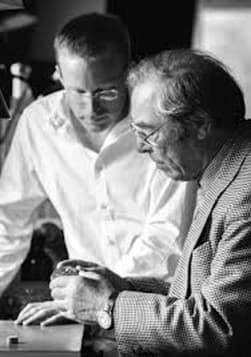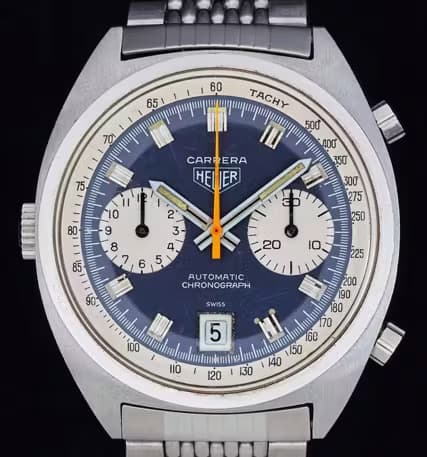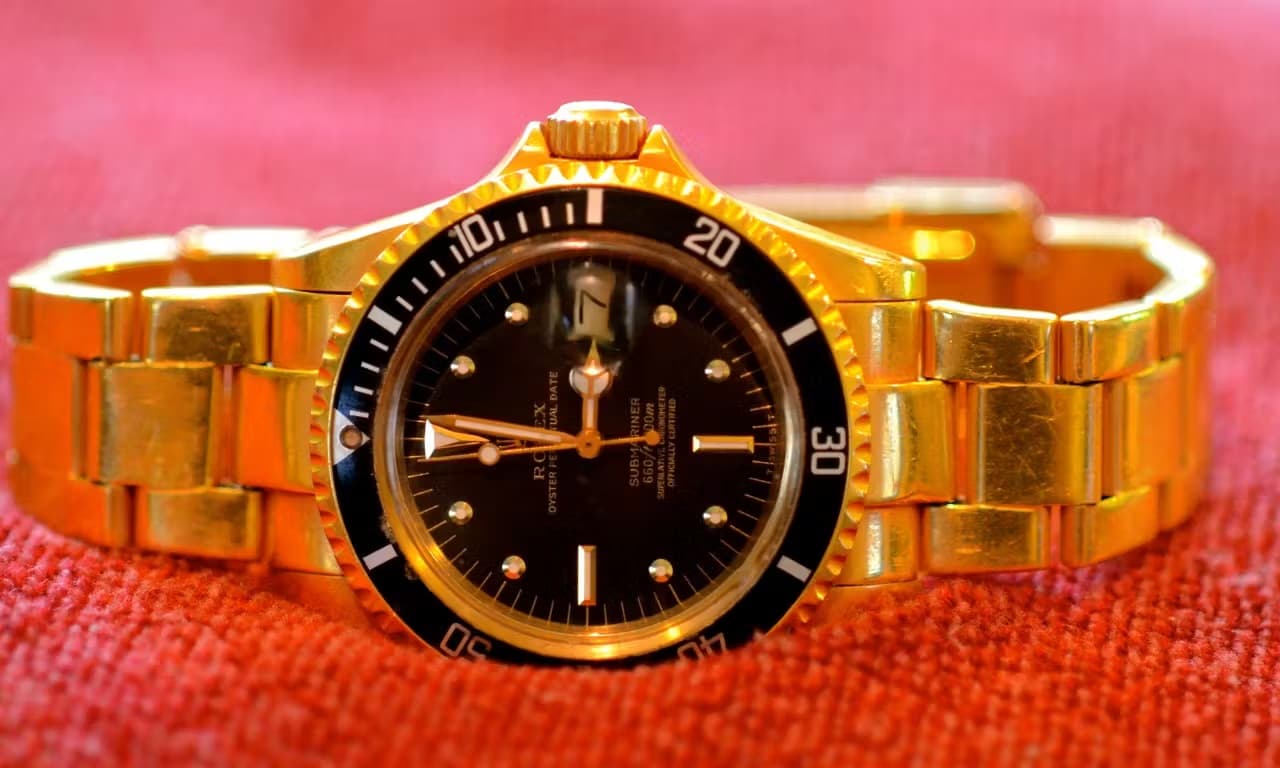The name Abraham-Louis Breguet is one of the most important in the history of watch-making, and his innovations are still found in the watches we wear today. Many of the features we take for granted all came from this one workshop over a period of around 50 years between 1775 and 1820. His success in selling to Royal Families across Europe created a trend for complicated watchmaking as a status symbol that continues to this day.
A company named after him still exists to sell fine watches, focused on some of his inventions and modernising his style. Read on to learn more about the master of watchmaking and France’s greatest ever inventor, commonly known as Louis Breguet.
 An Enhanced Portrait of Abraham-Louis Breguet. Image from: breguet.com
An Enhanced Portrait of Abraham-Louis Breguet. Image from: breguet.com
While the history of watchmaking is mostly a long series of continual improvements, rarely does one man invent so many different things as Louis Breguet. He was a true innovator, continuing to look to solve problems experienced by watch owners of the time. His focus on practicality and usefulness was different to other expensive watches of the day, which often had decoration, jewels, or impractical case materials such as porcelain or gold.
He not only invented various mechanisms we find in many watches today, such as a device that automatically winds the watch using movement, but he was also highly influential in watch dial design and innovative materials.
Louis Breguet the Watch Designer
Breguet watches were easy to read. His design ideas for dials, hands, and numerals or numbers, led to features that have been in use ever since. His watch dials were made from metal or porcelain, and were very simple. He used a process called engine turning to create the effects that show the watch functions so well. Dials made like this are less reflective even when made of gold and easier to read. His design for a power reserve, a function that tells you when you next need to wind up the watch, is a classic wedge shape that has been replicated on watches ever since.
 Modern Breguet Classique with Classic Breguet Minute and Hour hands with "Breguet Circle, and Power Reserve Function with sweep wedge to make it easy to read. Note also the Roman numerals on a separate finish of dial for easy reading.
Modern Breguet Classique with Classic Breguet Minute and Hour hands with "Breguet Circle, and Power Reserve Function with sweep wedge to make it easy to read. Note also the Roman numerals on a separate finish of dial for easy reading.
He invented a new font for numbers, and they are now known as Breguet numerals. He invented a hand design that made it easy to precisely see what minute it was on a watch with only one hand. These are called Breguet hands by everyone who uses them and they can be found on the current Breguet company’s watches.
 This modern watch from Patek Philippe contains the famous Breguet Numerals Louis Breguet designed.
This modern watch from Patek Philippe contains the famous Breguet Numerals Louis Breguet designed.
Breguet designed watches and his workshop of craftsmen made them. They used stock parts made in Switzerland and added the complications, or functions, in the Paris workshop. This allowed for many complications such as calendar features showing the date or day of the week, moonphases, and sounding mechanisms such as the minute repeater. Making these functions reliable and beautiful made Breguet the must-have watch for the rich and famous across Europe.
The Breguet Souscription Watch
The company did not just make watches for the rich. The workshop came up with a clever way of making very high-quality watches for middle-class customers, albeit at a high price. This watch was called the Breguet Souscription. In modern English, it means Subscription, as the watch was paid for with a deposit of a quarter of the price in advance. To keep costs down, the company made them very simply and made them in batches. Both of these ideas were unusual at the time. There is one hand, which is quite long and has a signature “Breguet circle” halfway along to help you see it quickly, which points to a fine track that allows time telling pretty close to the minute.
 Breguet Souscription Pocket Watch Image from: britishmuseum.org
Breguet Souscription Pocket Watch Image from: britishmuseum.org
Louis Breguet’s Innovations
In a 50 year career, the number of technical improvements Breguet invented is too many to list, so we will consider three here:
Overcoil Balance Spring: The beating heart of a watch is called the Balance, and this contains a spring. This spring needs to be very reliable in its “springiness” so that the time-keeping is reliable. Making the final “coil” of the spring slightly higher and a different shape from the rest of it allows the main body of the spring to keep its shape more consistently over time. You can see in the picture below the higher final coil going over the rest of the spring, hence the name overcoil. Breguet discovered this and it has been widely used in Balance and Mainsprings ever since.
Tourbillon: A Tourbillon is a very clever device that serves to offset the impact of a pocket watch always being kept vertically in a pocket. It rotates the entire escapement, which is the time-keeping part of the watch mechanism. This means that gravity acts on the spring evenly over time, regardless of the watch’s position. today, this complication is unnecessary given improvements to the regulation of other parts of the movement, but when it was invented it was very helpful to keep the watch accurate. The name Tourbillon is French for Whirlwind, as the whole thing looks like a blur of motion when it is moving.
Self-Winding System: Breguet did not invent the self-winding watch but did make the first reliable mechanism, as he improved on an invention by the great Swiss watchmaker Perrelet. This used an oscillating weight to tick back and forth winding up the mainspring that powers the watch while the user walked around. A variety of this still powers most of the automatic watches we use today.



Continue exploring
Dive into more content from The Watch Collectors Club.







